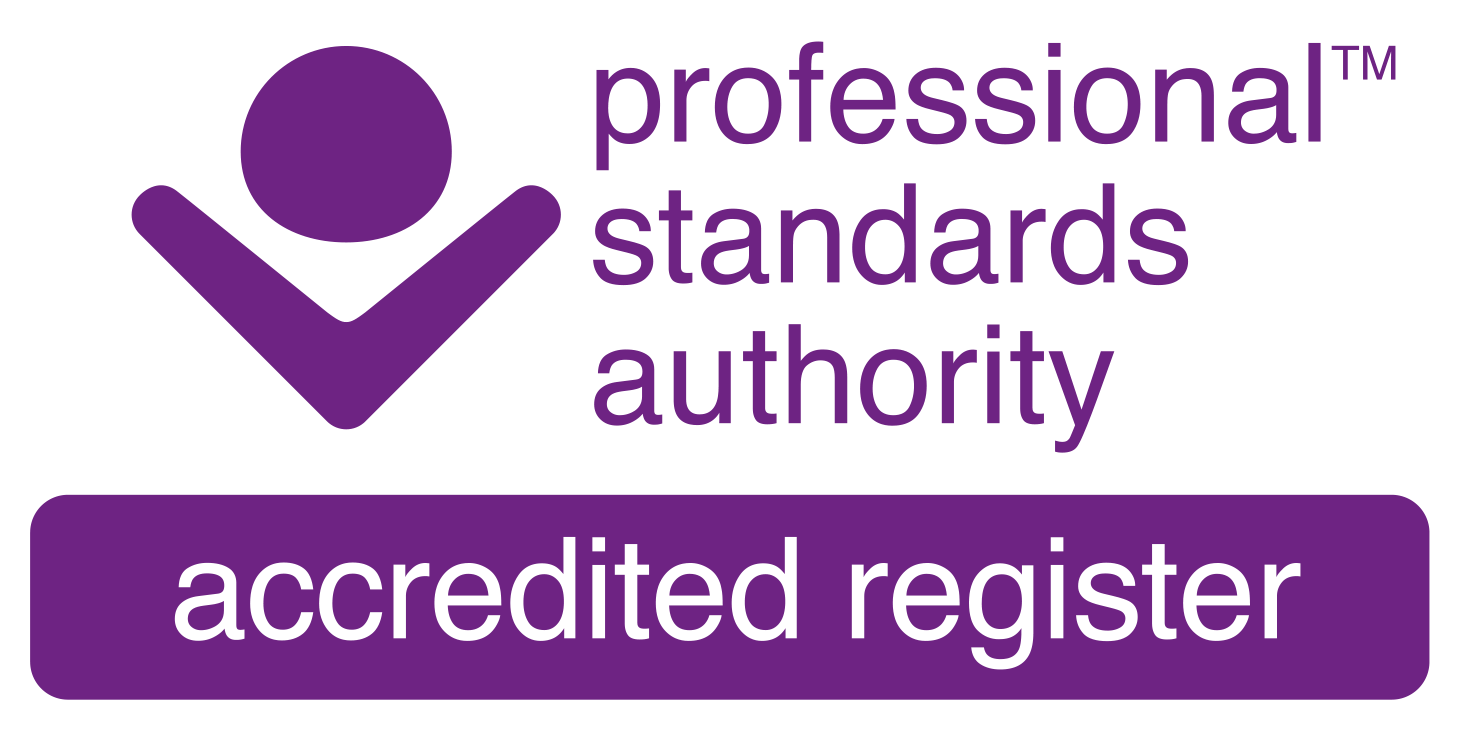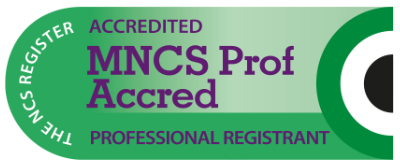Trauma results from the experience of a deeply disturbing event/situation that is so stressful, it overwhelms and surpasses normal coping mechanisms. In the midst of trauma, life can feel brutal. Trauma shakes one’s sense of safety, efficacy, meaning, and self-worth, and makes it tough to trust in a benevolent world. The impact can be so profound that it erodes physical and mental well-being. Trauma may leave you feeling isolated, numb, and untrusting of others. A more nuanced understanding of trauma offers a reality check to help normalise the distress surrounding adversity.
A Little More About Trauma
There are three basic types of traumatic experiences. Trauma may be "acute," one-time events such as a natural disaster or violent attack; "chronic," ongoing stress such as abuse, a life-threatening illness, or military combat; or "complex," a series of traumatic events.
Most people do not develop sustained psychological problems following trauma. Growth and recovery are part of our body’s natural healing capacity. The impact of trauma is personal and idiosyncratic, varying dramatically from one person to another depending on individual characteristics, the nature of the trauma(s), and sociocultural factors (SAMHSA, 2014). Everyone processes trauma differently.
Traumatic experiences can shatter your sense of security and safety and leave you struggling to navigate volatile emotions, memories, and both physical and psychological symptoms. Post-traumatic problems may be more difficult to the degree a traumatic event compounds an already heavy stress load, prior trauma, recent loss, and/or when the trauma occurs during childhood (Shalev, 2009).
Certainly, trauma is a relatable construct relative to the COVID-19 pandemic, but struggle is an unescapable part of being alive. We are human—and humans, from time to time across the lifespan, encounter overwhelming distress. Exposure to traumatic events is not rare. On social media, people put their best selves forward, projecting flawless bodies, ideal relationships, and truly extraordinary lives. However, as shiny and perfect as a person may appear on their feed, the truth is that we all suffer heartbreak, insecurity, and loss. Every one of us has damage.
Coaxing Post-Traumatic Growth
Post-traumatic growth is the experience of positive or transformative growth after a major life crisis. For example, a person may feel stronger, like they can face anything, they may feel a deeper appreciation for life, find improved relationships, and/or identify a radical change in their belief system. Post-traumatic growth often happens as a part of the natural healing course; however, it can be facilitated.
After experiencing a traumatic event, sadness, anxiety, anger, flashbacks, and challenging times are to be expected. Physical symptoms may also occur such as fatigue, insomnia, and difficulty concentrating.
Be gentle with yourself and give yourself time to sit with the reality of what has happened. There is no way to bypass this first step. It is important to remember that you have survived trauma and the reactions you are having are normal reactions to extraordinary stress.
It takes time to heal and integrate trauma. The idea of post-traumatic growth should never present additional pressure to "bounce back" or carry an expectation of "recovery." What I offer here is a means to encourage growth without imposing a time frame or "getting-over-it" narrative onto the extreme vulnerability of trauma.
Resilience can be facilitated proactively before trauma occurs by building a strong support system; learning to be more open, flexible, and adaptive; exercising regularly, sleeping well, maintaining healthy nutrition, and avoiding self-destructive habits such as substance use, especially in response to stress. Being resilient, in general, provides a buffer against the development of PTSD.
If you have experienced trauma:
- Talking about the trauma will help. You don’t need to talk to everyone, but finding a supportive friend, family member, and/or therapist can help to sort things out and take some of the power away from the trauma.
- Reflect on what you have been through and what you are authentically feeling. Consider the possibility that you might find positive growth in the future. In other words, compassionately accept the truth of your sorrow but leave room for hope.
- Trauma disrupts the body’s equilibrium, activating the sympathetic nervous system and sending us into extended fight-or-flight. It is natural to want to withdraw but isolating will make things worse. Connecting to others will build your strength. Engaging with others, even if you don’t talk about the trauma, provides distraction, co-regulation, and a sense of normality.
- Joining a support group is extremely valuable, even if is virtual support and you remain quietly in the background.
- Reestablish routine—there is comfort in familiarity and habit.
- Try to exercise, realizing the inertia of trauma is natural, but when extended, is destructive. Movement helps to repair your nervous system and release endorphins. Even short walks, especially in nature, are uplifting and beneficial.
- Breathwork, yoga, and mindfulness can significantly help with emotional regulation. Learning to manage negative emotions rather than always giving in to them will rebuild self-efficacy and positivity.
- Find a creative outlook like journaling, cooking, doodling, or any form of self-expression. Creativity is positive, distracting, and cathartic.
- Helping others will challenge a sense of helplessness and victimization. Even a simple, encouraging post in a support group can reduce stress and provide a sense of belonging and renewed meaning.
Post-traumatic growth occurs when a person who has experienced trauma is able to integrate the experience into their lives, holding space for the trauma, honoring the experience, and finding perspectives that allow for a meaningful path forward. Remember that integrating trauma is not a linear path—some days will be better while others will send you reeling.
Trauma is not something you just get over and forget. No amount of pushing through will speed up the healing process. Don’t force it, but also, try not to obsess and languish. Self-love and resilience are active but gradual processes. Be patient, and ultimately you may experience the transformational renewal of growth, strength, appreciation, and meaning.
References
Center for Substance Abuse Treatment (US). Trauma-Informed Care in Behavioral Health Services. Rockville (MD): Substance Abuse and Mental Health Services Administration (SAMHSA); 2014. Report No.: (SMA) 14-4816. PMID: 24901203.
Shalev, A.Y. (2009). Posttraumatic stress disorder and stress-related disorders. Psychiatric Clin North Am. 2009 Sep;32(3):687-704. doi: 10.1016/j.psc.2009.06.001. PMID: 19716997; PMCID: PMC2746940.











